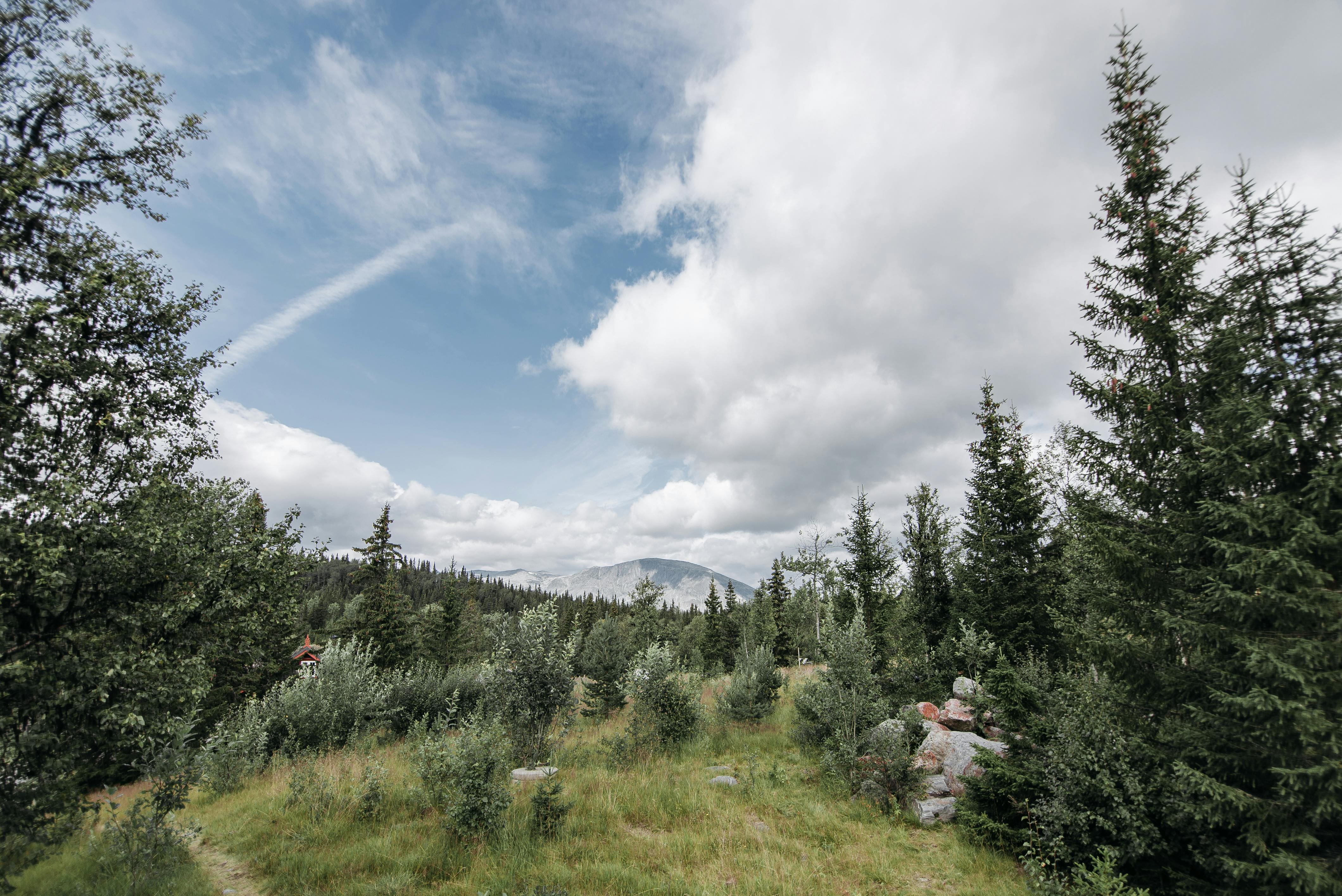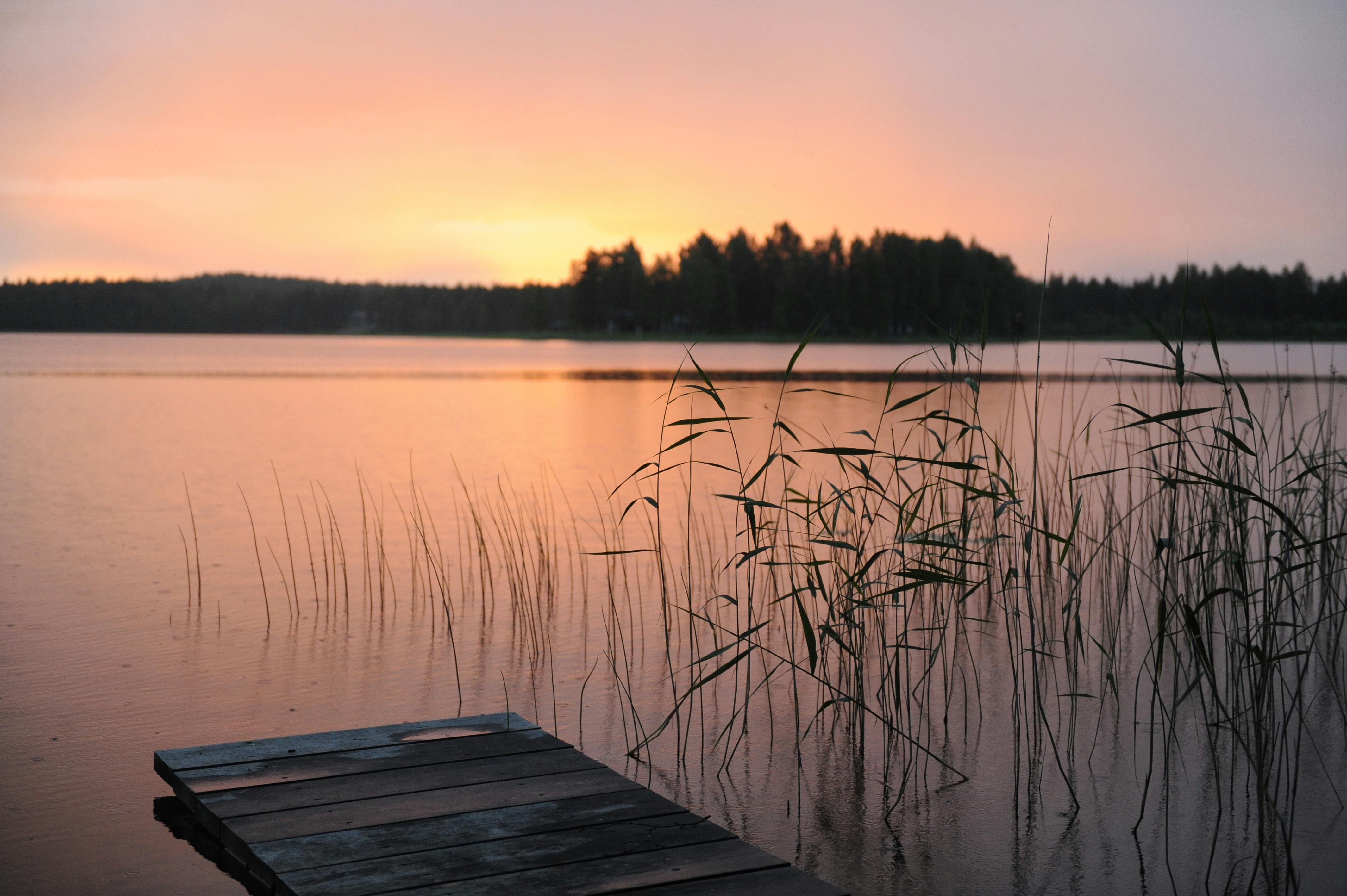While the Everglades may conjure up images of hot, humid weather with mosquitoes and alligators, there is so much more to this unique climate that exudes beauty and mystique. As the third largest national park in the US (about 2,400 square miles!), unless you have access to a boat, most visitors only scratch the surface and visit a fraction of the area.
Even if you only have a day to explore, you can easily drive through a good chunk of it, take short hikes, look for manatees and alligators, and even take a kayak or airboat trip. But hopefully you’ll have more time than that to fully appreciate all that this national park has to offer.
The Everglades is a huge wetland fed by water from Lake Okeechobee. But for many hundreds of years, we humans have been encroaching on its wonders. About a hundred years ago, we built canals, diverting water from the lake to cities and residential areas, which has drastically changed the delicate ecosystem here. As a result, wildlife populations have declined and some species are now on the brink of extinction.
When visiting the Everglades and exploring its many activities, it’s good to keep in mind the awareness of conservation and restoration efforts in this great place.
Ernest F. Coe Visitor Center
As with most national parks, the visitor center should be one of your first stops, as you can gain valuable information about what is on offer and can learn about current events happening within the park.
With educational exhibits and plenty of maps, it’s the perfect place to get an overview of the vast offerings in the Everglades. Be sure to stick around to watch River of Life, a 15-minute movie that provides a great overview of the park. The Coe Visitor Center also provides information on ranger-led activities (mainly talks and some hikes), as well as details on boat tours and canoe rentals.
Books, postcards and even insect repellent can be purchased so that you are well prepared for the best possible experience in the park. Many of the popular hiking trails are just a short drive away.
Where hiking is excellent
Everglade trails allow for abundant exploration of diverse habitats. Bring plenty of water and keep abreast of changing weather conditions. Florida weather can be temperamental, especially during the rainy season. Mosquitoes and other biting flies can be around year-round, so bug spray is always a good idea when you’re experiencing some of America’s most stunning weather. Sunscreen and hats are a must for the warmer months.
The Anhinga Trail is an easy 0.8 mile, partly paved, partly boarded trail that goes through a small section of wetlands. It’s a great way to safely spot caimans and anhingas, which is the bird that gives the trail its name.
The Gumbo Limbo Trail is paved and winds through a shady, jungle-like hammock of gumbo trees, royal palms, ferns, and lush plants. It’s an easy 0.4-mile hike and starts at the Royal Palm Visitor Center, about four miles from the park’s main entrance. Pahayokee Overlook is a raised observation deck on a short loop of boardwalk that offers incredible panoramic views of the “river of grass.” Located 13 miles from the park’s main entrance.
The Mahogany Hammock Trail is another boardwalk trail that winds through dense jungle-like hammock hardwoods. The lush greenery is highlighted by gumbo-limbo trees, air plants, and the largest living mahogany tree in the US located about 20 miles from the park’s main entrance.
The Flamingo Trails offer a wide variety of different climates and go a little deeper into areas where species may be threatened, so check with the visitor center for the latest developments on trail availability.
get on a bike
Let the wetland wind whip you on a bike trail, which is allowed on main park roads, Shark Valley Tramway, Old Ingraham Highway, Long Pine Key Nature Trail, in Snake Bight and on the Rowdy Bend trails in Flamingo.
Bird watching is divine
Here you will find some of the best birding opportunities in the world. More than 300 species reside in the park or pass through a migratory path. Some of the best birding is near the Homestead Entrance (Royal Palm area) and Flamingo districts of the park.
Anhinga Trail, Eco Pond, Mrazek Pond, Mahogany Hammock, Snake Bight Trail and Paurotis Pond should be on your birding list. A variety of exquisite and grandiose wading birds can be observed in the Shark Valley areas.
Kayak around ten thousand islands
Ten Thousand Islands is an archipelago covering more than 35,000 acres off the southern tip of Florida. The national wildlife refuge of the same name is located in the northern part, while the southern part is in the Everglades National Park. Numbering in the hundreds, not thousands, the islands are a perfect place to relax in nature. It is also one of the least explored places in the park, due to its remote location. Boat tours operate here through part when available. So if you can get a spot on a tour, look out for frolicking bottlenose dolphins and manatees and, of course, the ever-present crocodiles and alligators.
Scenic drive along the Tamiami Trail
When the Tamiami Trail was built in 1928 through the Everglades, it was considered a feat of engineering and became the only route from Tampa to Miami at the time. Hiking the Tamiami Trail, visitors will enjoy the park’s surprisingly varied landscape, from pine forests to sawgrass swamps; you might catch a glimpse of an alligator sunning itself in one of the roadside canals and waterfowl abound. In addition to the natural scenery, remnants of the tourist traps of the 1950s and ’60s remain, man-made kitsch abounds, and there are plenty of opportunities to ride an airboat or go alligator-spotting. Keep an eye out for the Skunk Ape, the Everglades’ version of Big Foot.








